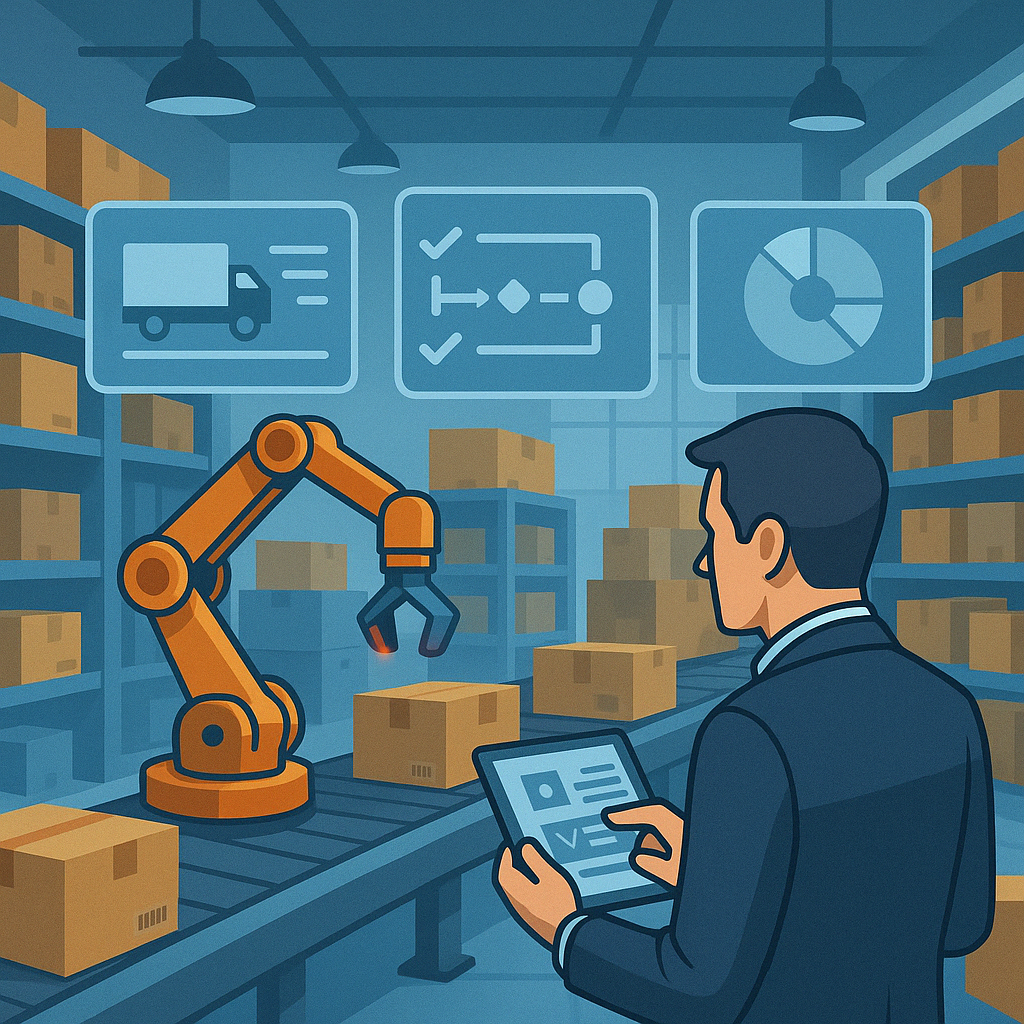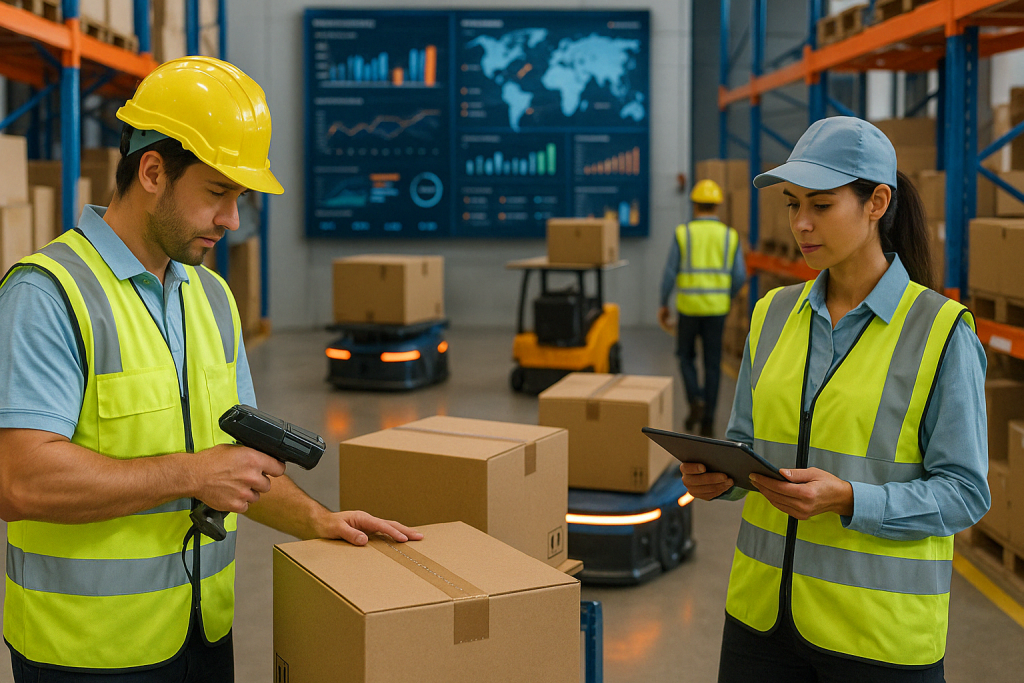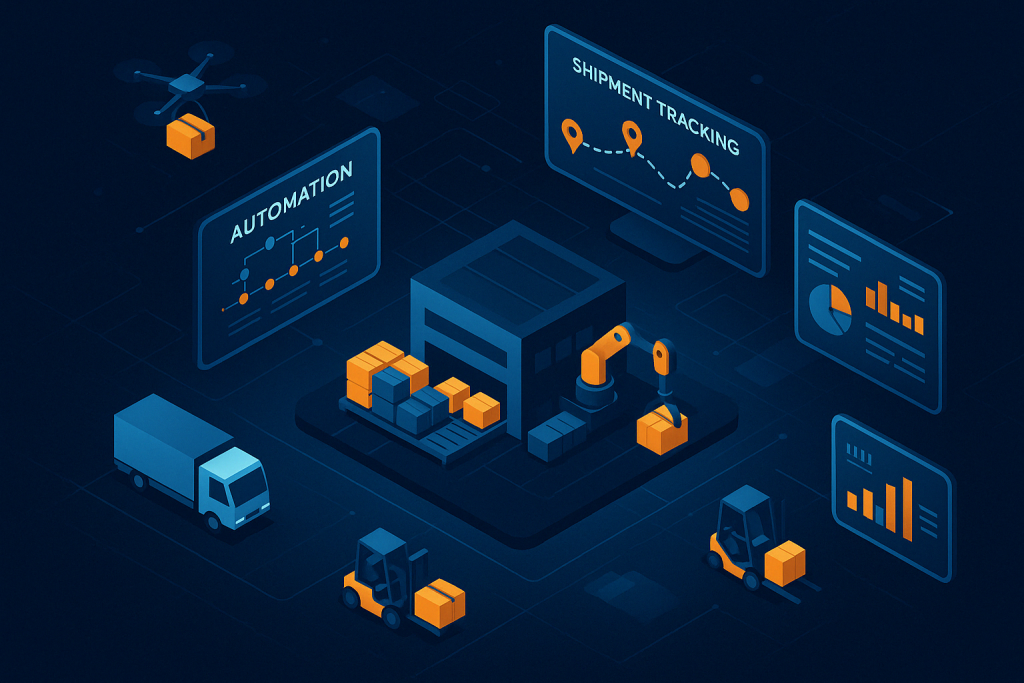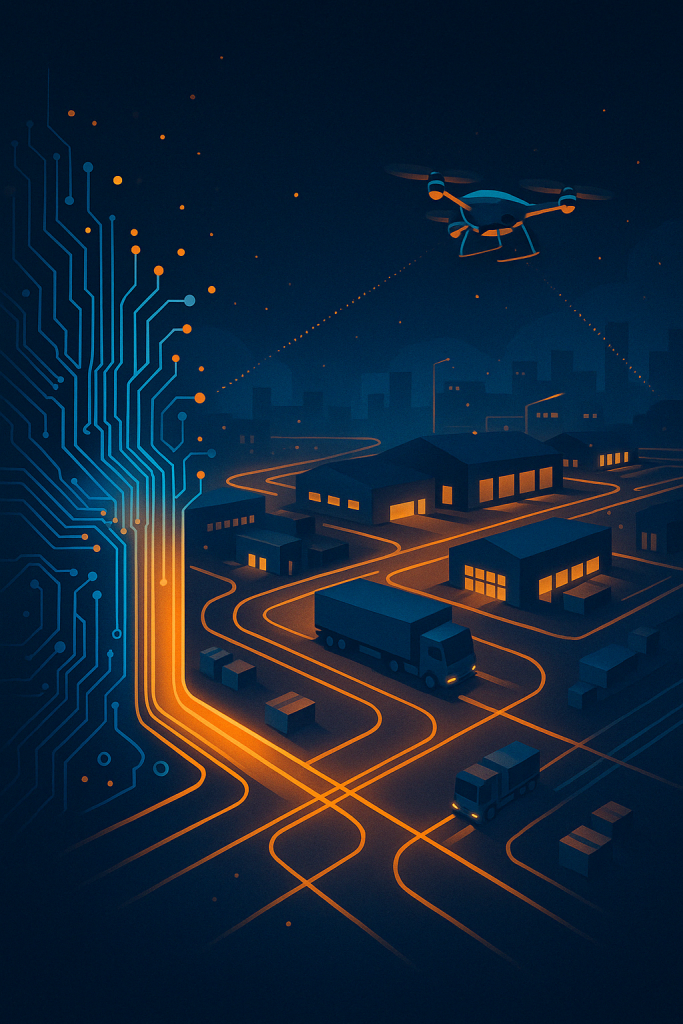Logistics Automation 101: Where Freight Companies Should Start
But for many operators, the challenge isn’t why to automate—it’s where to start.

🚛 What Is Logistics Automation?
Logistics automation refers to the use of technology and software to perform logistics-related tasks with minimal human intervention. This includes:
- Order processing
- Shipment tracking
- Inventory management
- Billing and invoicing
- Document generation
- Workflow coordination
The goal? Boost efficiency, reduce errors, and free up your team to focus on strategic tasks instead of repetitive manual work.
📍 Why Freight Companies Are Automating
Here’s why freight forwarders, carriers, and 3PLs are investing in automation:
- ⏱️ Save time: Automate repetitive tasks like documentation and status updates
- 📉 Reduce costs: Fewer manual errors = fewer delays and penalties
- 📦 Improve accuracy: Real-time data minimizes mistakes in inventory, routing, and billing
- 📈 Scale faster: Automation lets teams handle more volume without growing headcount
- 🤝 Enhance customer experience: Self-serve portals and real-time tracking build trust

🧰 Where Should You Start? Key Areas for Automation
Here are the best starting points for freight companies ready to automate:
1. Shipment Tracking and Notifications
📦 Manually updating clients about shipment status is time-consuming.
🔄 Automate notifications via email or portal access so clients can self-check in real time.
2. Document Generation
📄 Bills of lading, invoices, packing lists, customs forms… all add up.
🖥️ Use software that auto-generates these based on shipment details—reducing errors and saving hours.
3. Order Management
⚙️ From intake to dispatch, automating workflows ensures nothing gets missed.
✅ Use rule-based automations to assign tasks and move orders forward efficiently.
4. Inventory and Warehouse Operations
📊 Use barcode scanning, auto-updates, and alerts to manage stock without guesswork.
🧠 Advanced WMS platforms can automate cycle counts and reorder points.
5. Customer Portals
🙋♂️ Let clients view, book, and manage shipments without calling or emailing.
🔐 A secure portal with real-time updates cuts admin time and increases transparency.

💡 Choosing the Right Software for Automation
Look for logistics software that offers:
- 🧩 Workflow automation
- 📦 Integrated shipment & inventory tracking
- 📄 Auto-document generation
- 📬 Client communication tools
- 📈 Dashboards & reporting
Platforms like Linbis offer these features with a user-friendly interface, making them ideal for freight forwarders and 3PLs starting their automation journey.
🧭 Final Thoughts: Start Small, Scale Smart
You don’t need to automate everything overnight. Start with one or two high-impact areas (like shipment tracking or invoicing), see quick wins, and expand from there.
The freight companies thriving in 2025 are the ones that embraced automation early—not to replace people, but to empower them.

